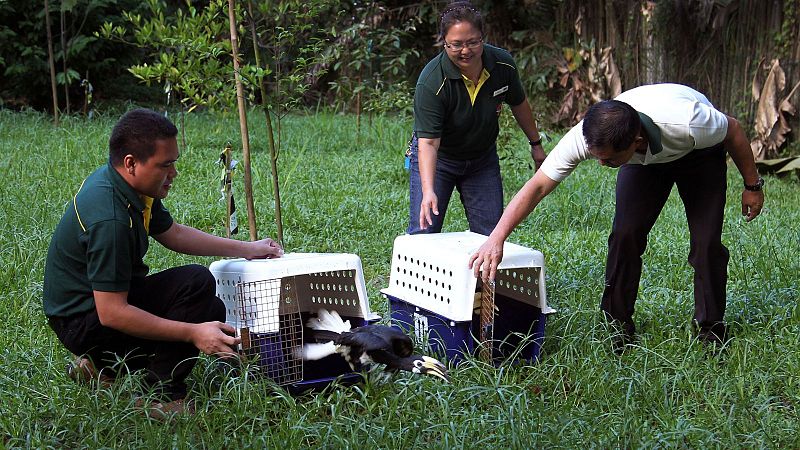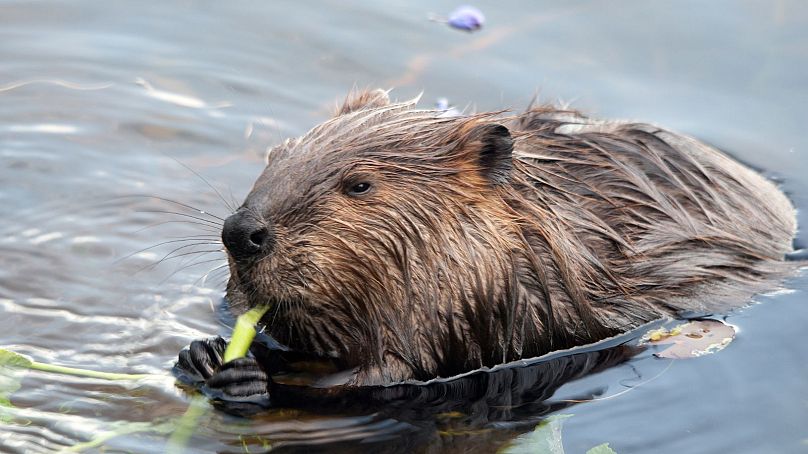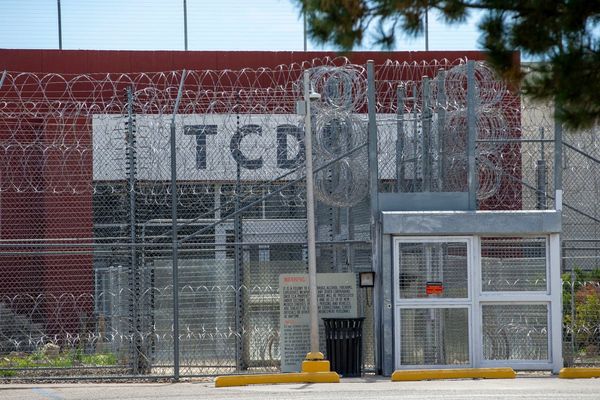
When we think of rewilding cities, we usually think of adding more greenery. Two-thirds of urban conservation programmes do focus exclusively on vegetation, according to a new review of thousands of scientific papers, but there’s another side to this story.
From beavers back swimming in London’s rivers after 400 years, to falcons nesting in American high-rises, there are also an increasing number of successful projects returning animals to cities.
A new study from the University of Sydney illustrates the benefits of these rewilding projects for city-dwellers as well as global biodiversity.
“They reconnect people with nature - an antidote to what researchers call nature deficit disorder,” says Dr Patrick Finnerty from the University’s Faculty of Science, lead author of the global literature review published Sunday in the journal Bioscience.
“In today’s urban environments, many children can name hundreds of brands but often not a single native bird or mammal.
“Bringing wildlife back into daily life improves mental health, fosters environmental stewardship, and reminds us that nature isn't something ‘out there’,” he adds.
Species are regaining a foothold in cities
Of the 2,800 scientific papers that Dr Finnerty and his team reviewed - on reintroducing species to areas where they once thrived - fewer than one per cent involved returning terrestrial fauna to cities.
Animal rewilding tends to happen far from urban landscapes, despite biodiversity loss being so pronounced in cities.

Other success stories include leopard frogs being restored to Las Vegas, howler monkeys breeding in Rio de Janeiro, and the reintroduction of the oriental pied hornbill to its historical range in Singapore.
In Australia, platypus populations are now growing on Sydney’s periphery.
What are the benefits of rewilding cities?
By 2050, around 70 per cent of the world’s population of 10 billion people is expected to live in urban areas - a 20 per cent increase from today. This will necessitate a rapid growth of land-use change, especially in Africa and Asia.
To stop urban sprawl steamrolling over natural habitats, the researchers are calling for urban rewilding to be a key part of broader ecological restoration initiatives.
The authors say successful urban rewilding requires careful planning, community involvement, and addressing the threats that caused local extinctions in the first place.
For example, the recent reintroduction of small mammals, including the eastern pygmy possum, into an urban bushland reserve bordering housing in Sydney required serious invasive predator control efforts to help ensure the project’s success.
"By integrating wildlife into urban landscapes, we have a unique opportunity to shape healthier and more resilient cities for future generations," says Dr Finnerty.







